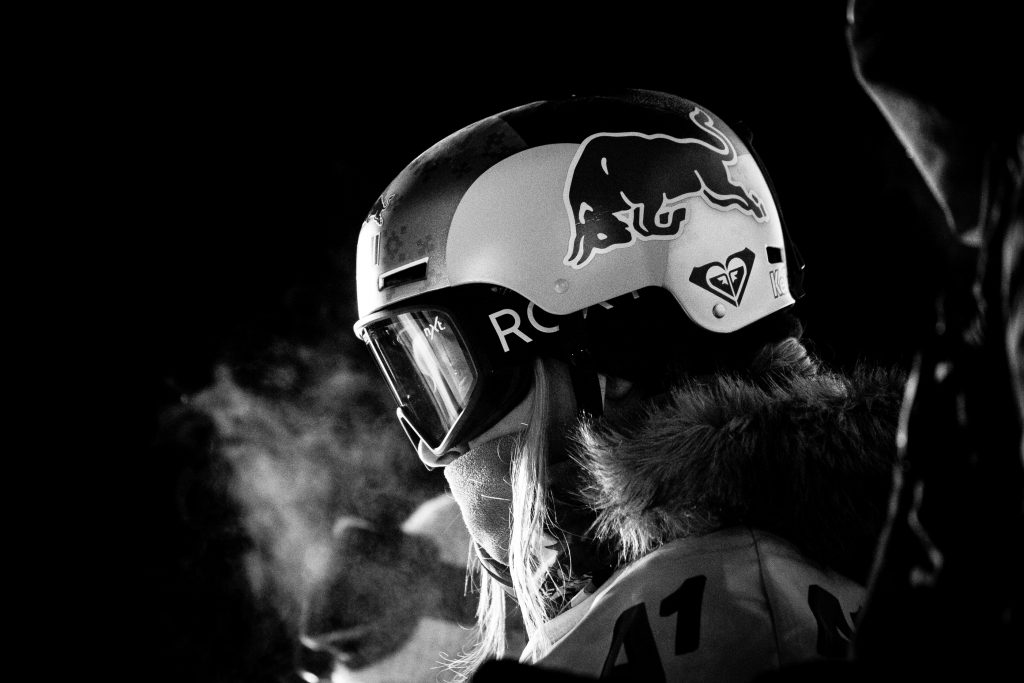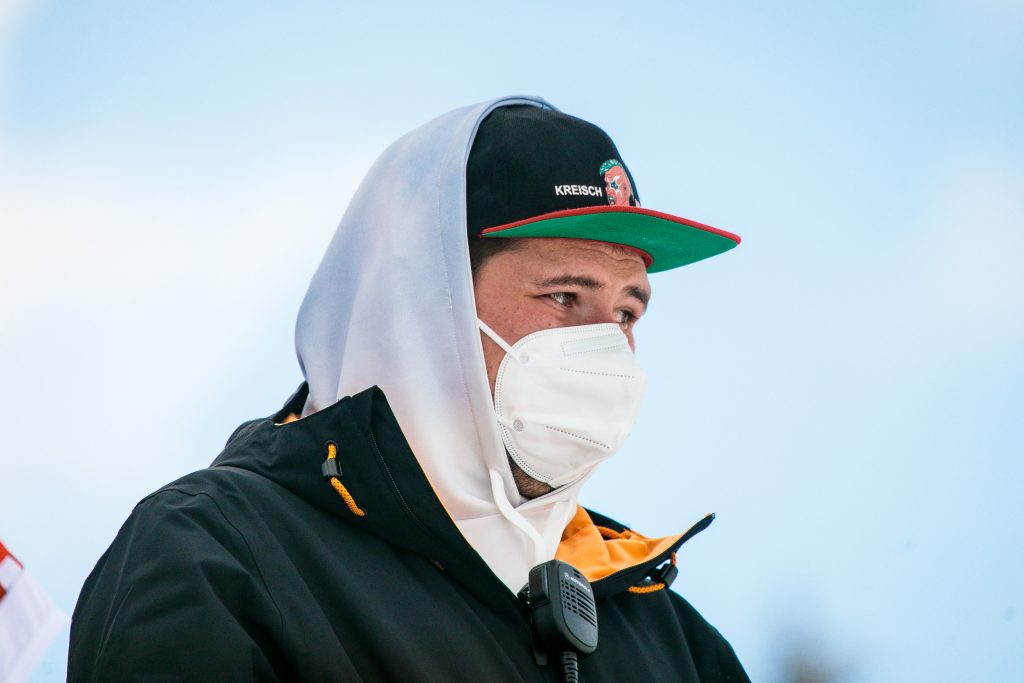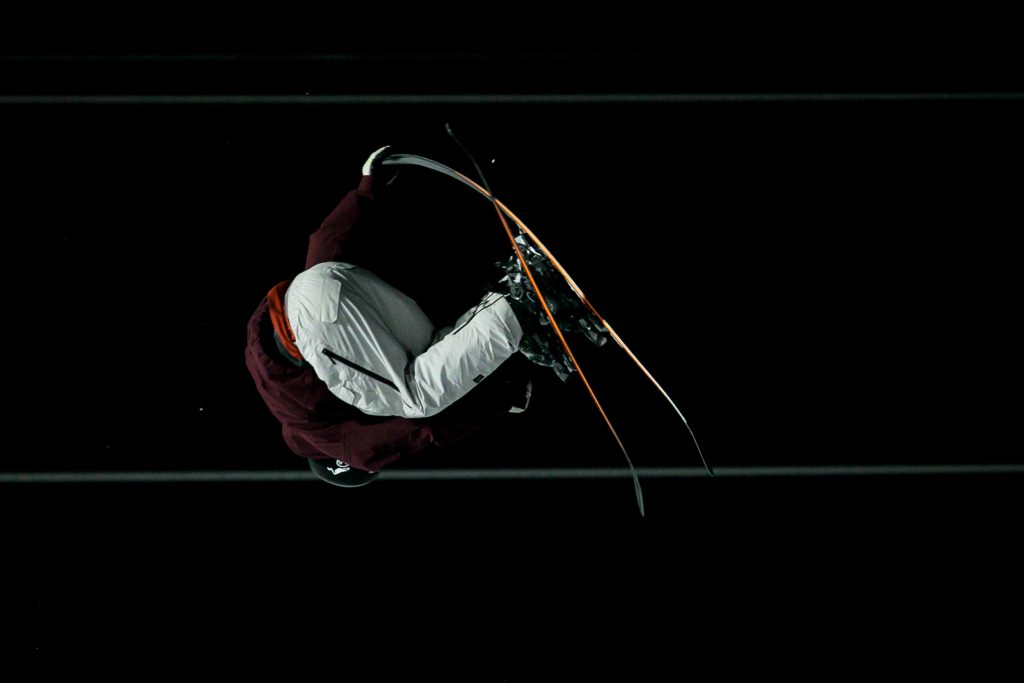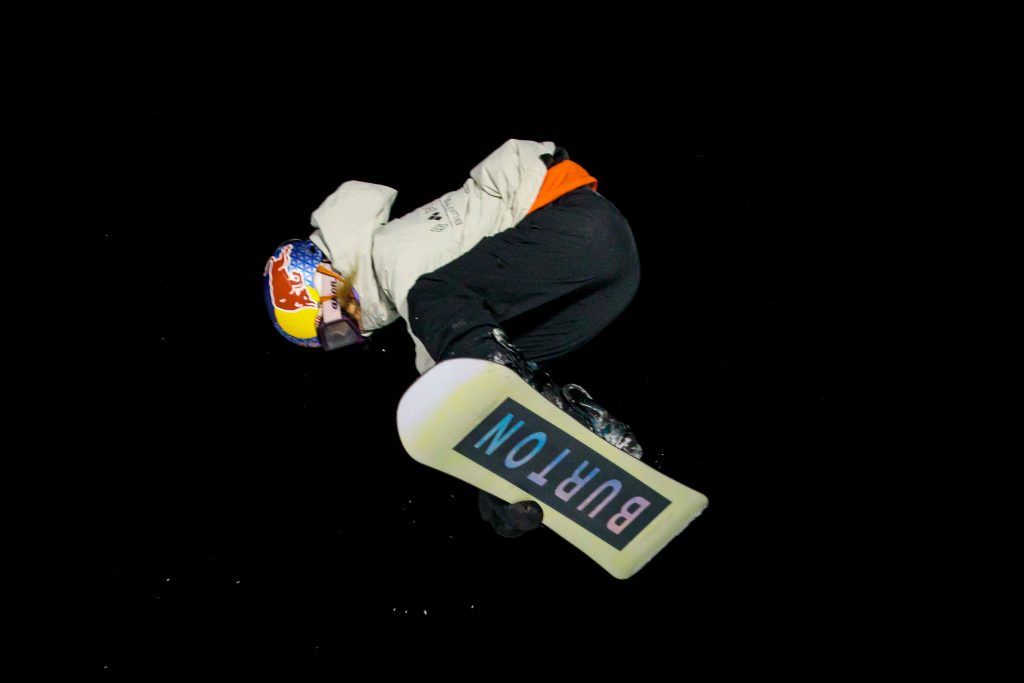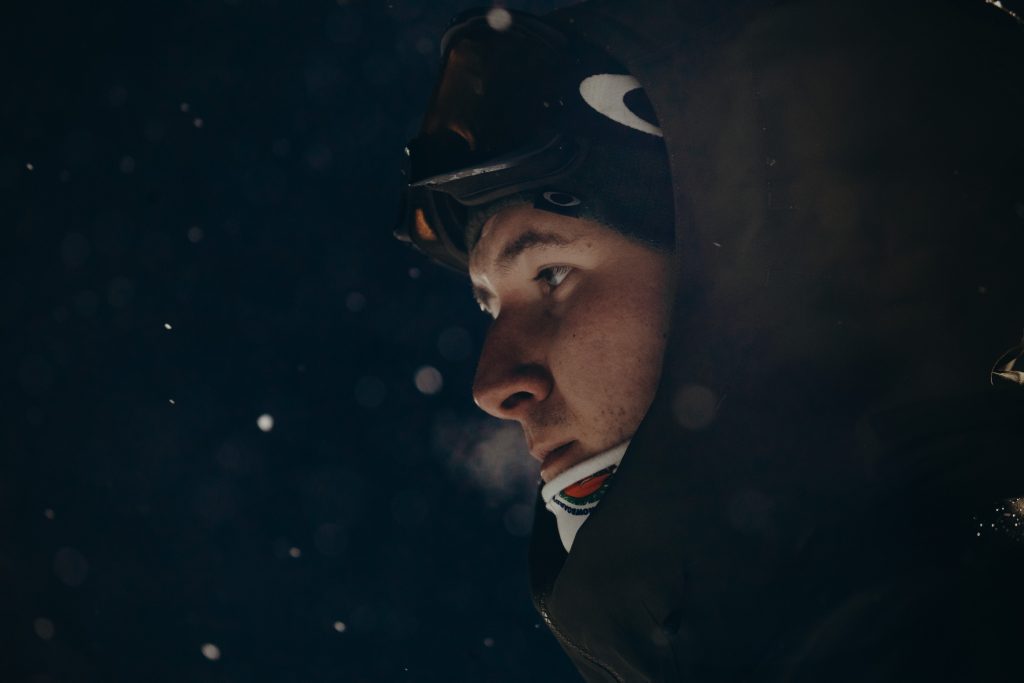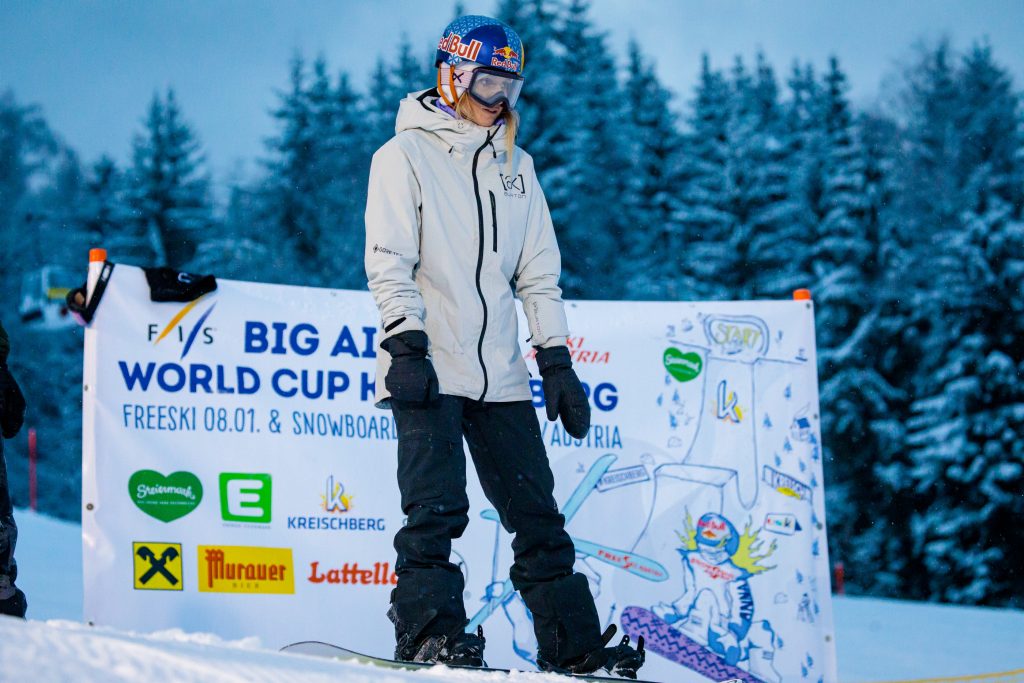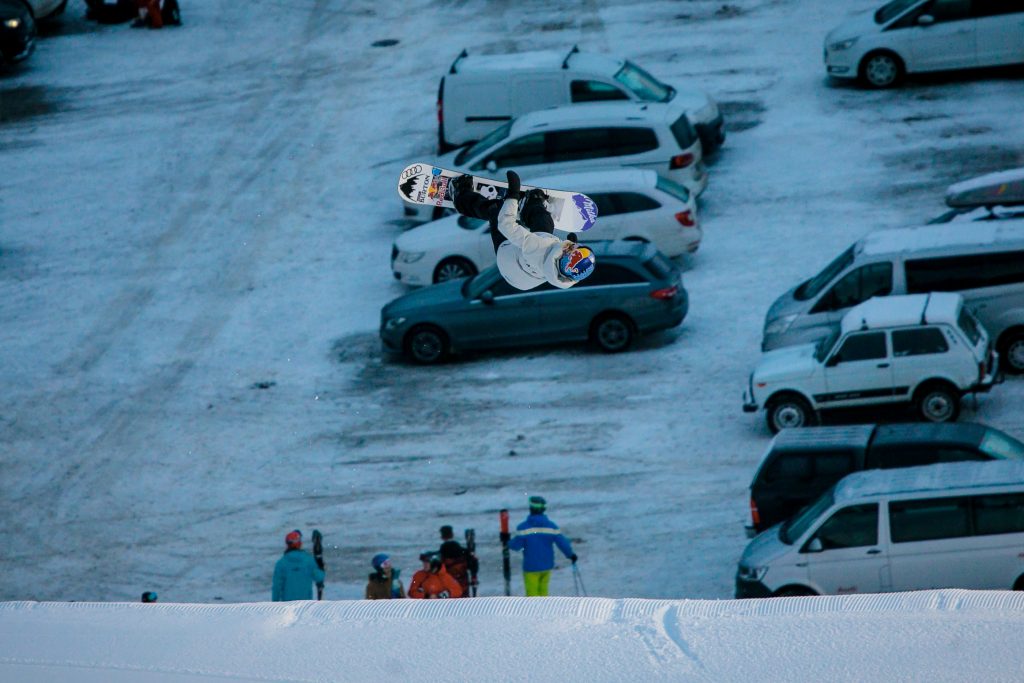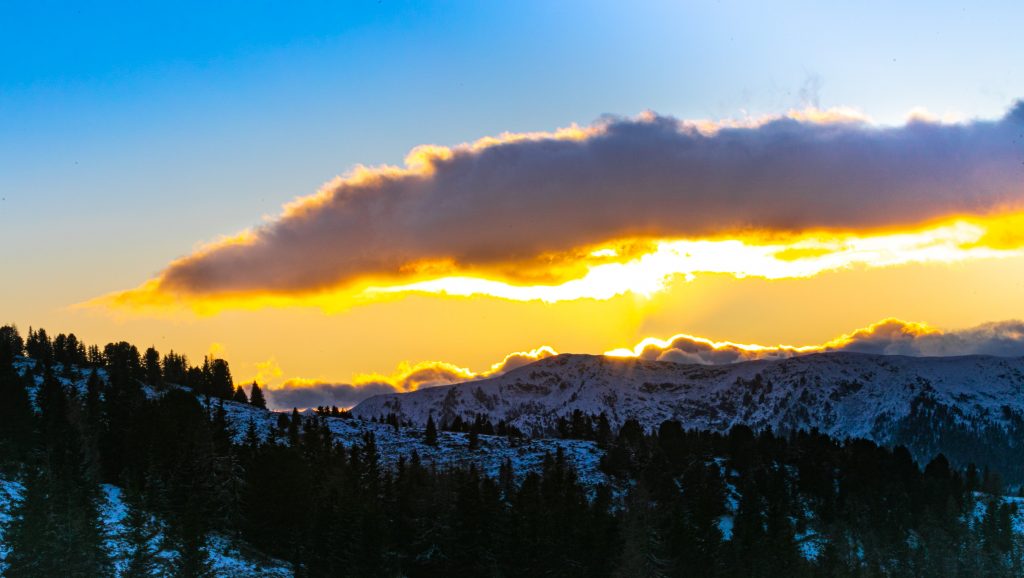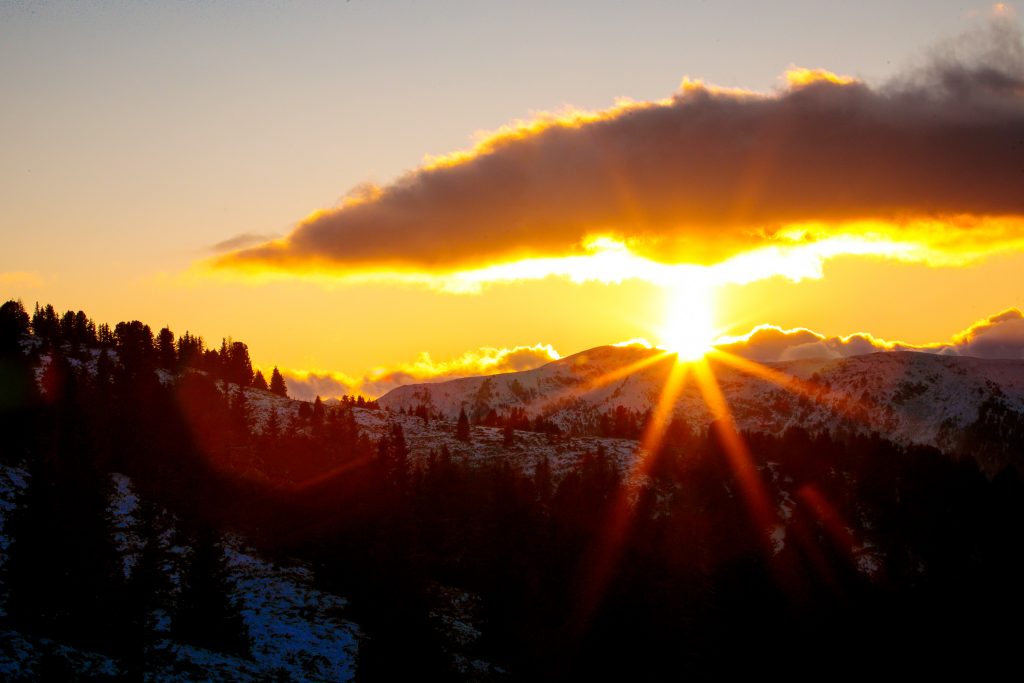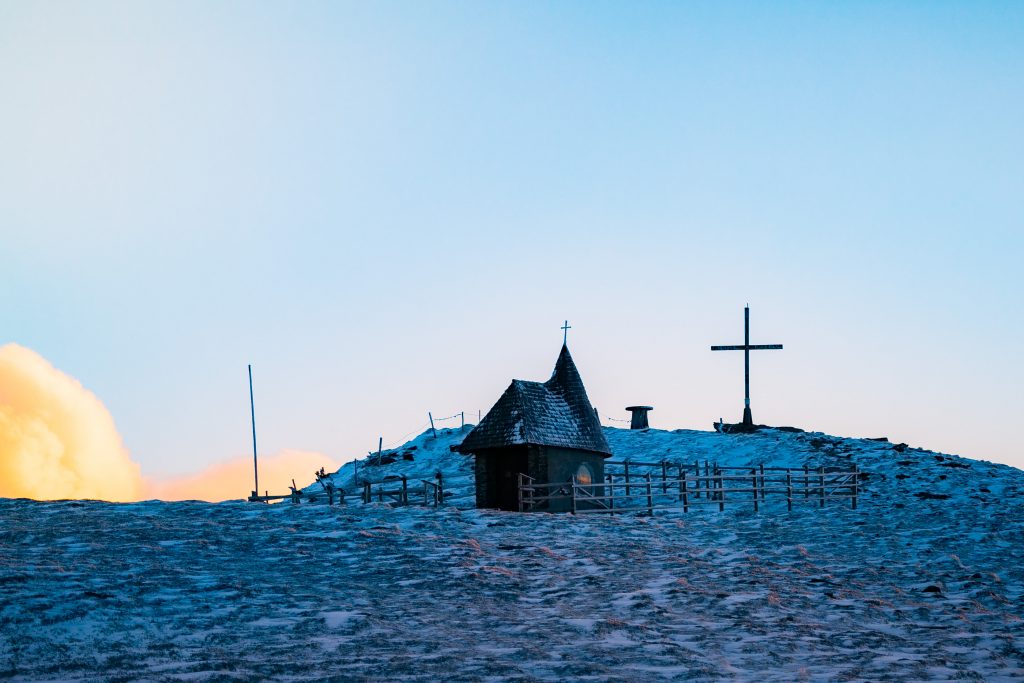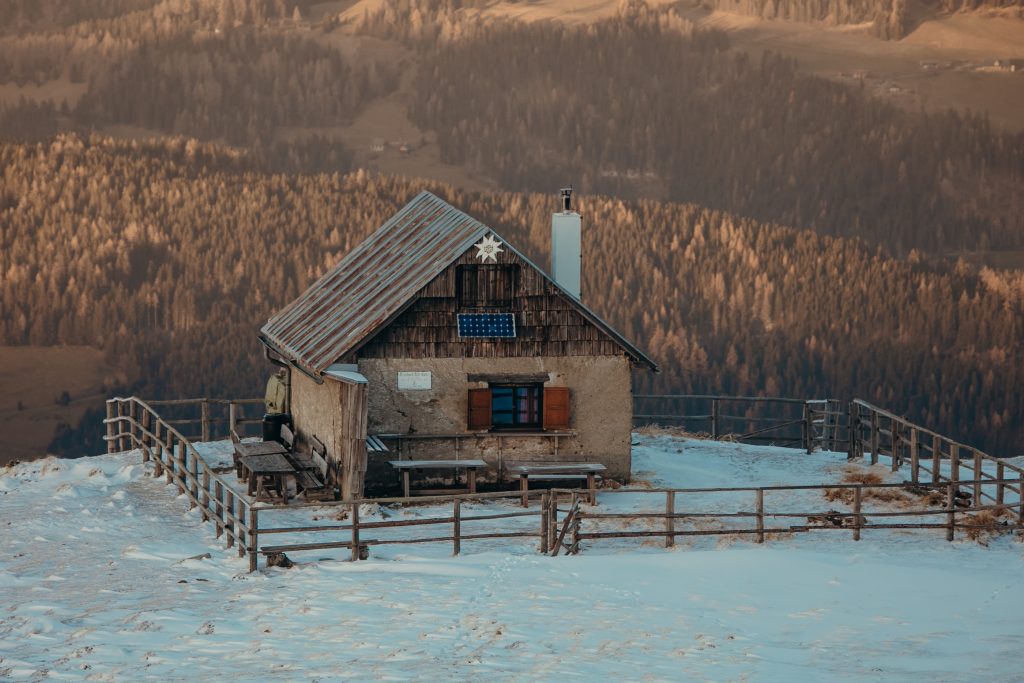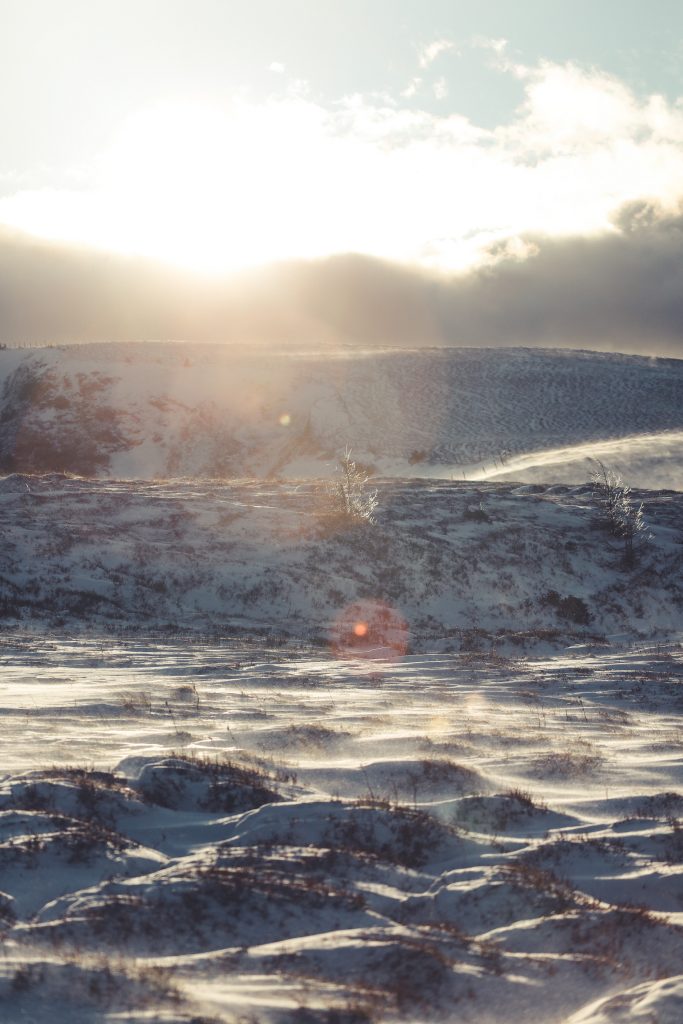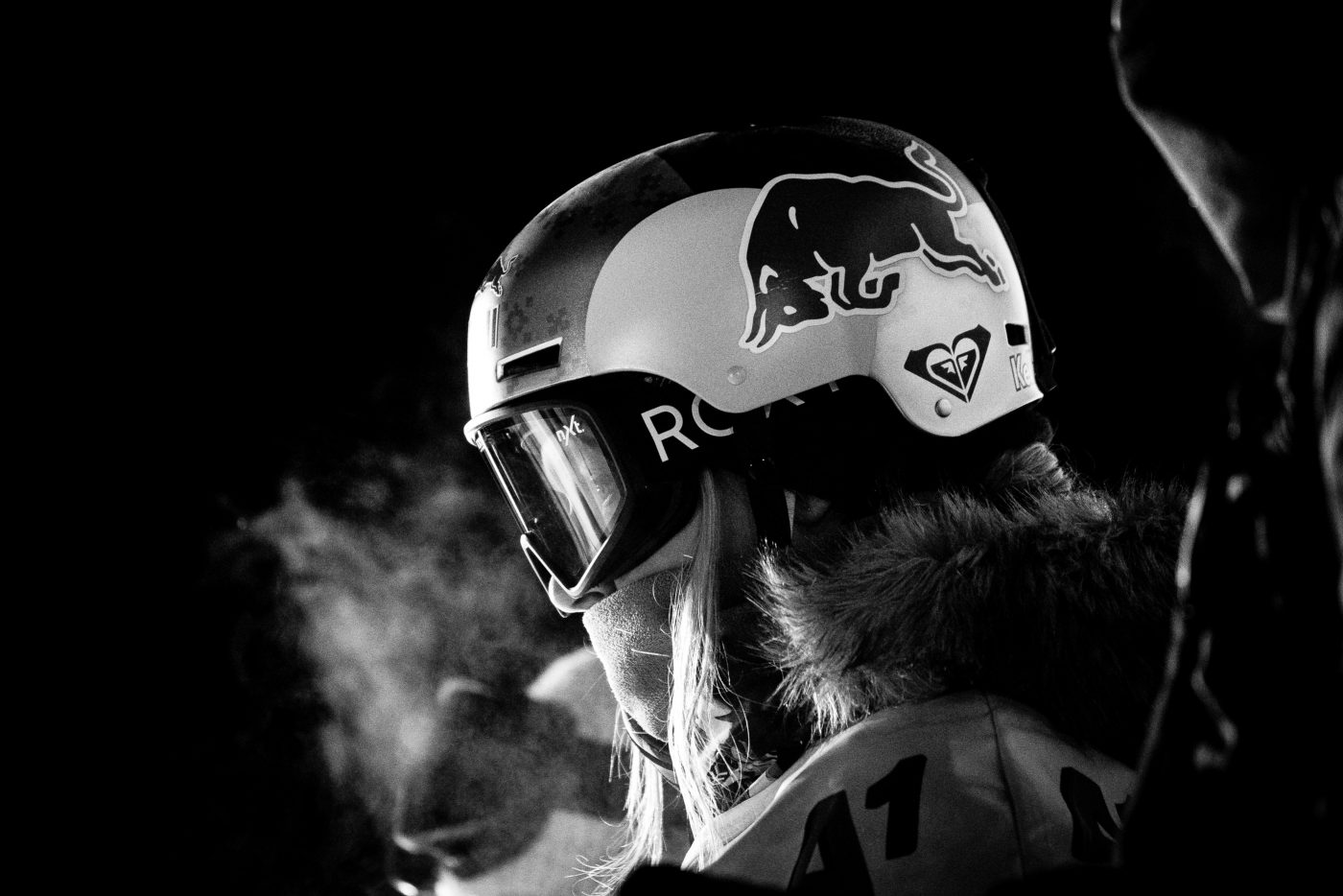„Nobody Likes you when your Twentythree!“ – says at least Blink-182 in their all-time hit Whats My Age Again. And a lens in my collection is celebrating its 23rd birthday this year. Since I have not yet subjected the EF100-400mm f / 4.5-5.6L IS USM telephoto zoom lens to a review on my blog, this is now due to his birthday. Although the lens has not been in my possession for 23 years – I bought it second-hand some time ago – I would still like to show how well the high-end lenses from Canon age. And so I put the lens through a few tests to see how suitable it is for everyday use.
But let’s first take a look at the technical data:
Focal length: 100mm – 400mm
Minimum aperture: f / 4.5 (at 100mm) – f / 5.6 (at 400mm)
Maximum aperture: f / 38
Elements: 17 elements in 14 groups
Aperture blades: 8
Weight: 1360 grams
Dimensions: 189mm x 92mm (with tripod clamp)
Minimum focus distance: 1.8 m
The area of application of the Telezoom is on the one hand in nature and wild life photography, on the other hand in sports photography. I covered both areas for my review and used them on a hike in nature as well as on a sports shoot on the Kreischberg. In both situations, I pushed the lens to the limit.
Nature photography
The biggest advantage of this lens, if you may not believe it, is its small size and light weight. At least in comparison with other lenses in this focal length range. Because both the Canon 28-300mm and the Canon 100-400mm L II are a few hundred grams heavier and a bit more bulky. So you can easily pack the lens in the photo backpack on a hike. So I did this on a fast sunset hike on our local mountain, the Frauenalpe. But even if the ascent to the Frauenalpe is not the most difficult (almost 450 m), the additional weight was always noticeable in the backpack.
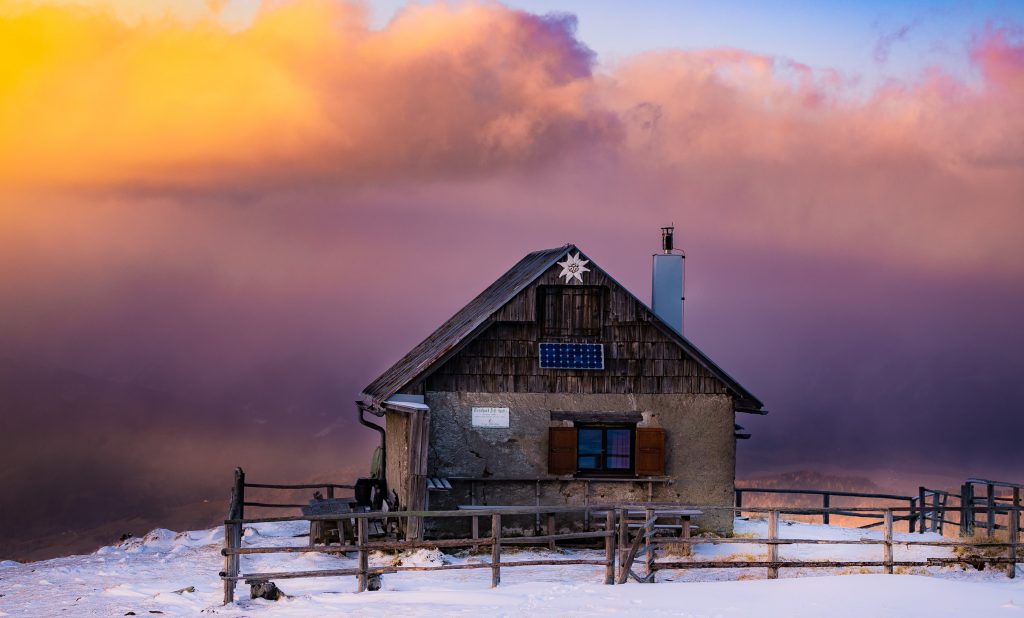
Even though I like to take wide-angle photos on hikes and have a telephoto lens in my rucksack in case of a wildlife encounter, I tried to capture some interesting details in the landscape with the lens. It was only in the post-production of the photos that I noticed that this worked really well. The sharpness and the bokeh (created by the large focal length) allowed for a nice cropping of motifs and brought me pictures with an unfamiliar look.

Sports photography
Apparently the lens performed very well during the day. But how does the aperture from 4.5 – 5.6 do when the light is not that good? I was able to find out very well on Kreischberg when I had the chance to photograph the Snowboard Big Air Olympic champions Anna Gasser and Clemens Millauer as well as the Austrian freestyle team during training. The training, which began at dusk, continued until late in the evening, when the floodlights from the Big Air system were the only source of light. Conditions in which a lack of light intensity is immediately and severely punished. So I had to go really close to the limit of 12,800 with my ISO values, since a shutter speed of less than 1/800 was hardly possible. Otherwise, the fast-moving subjects would have been simply too blurry.
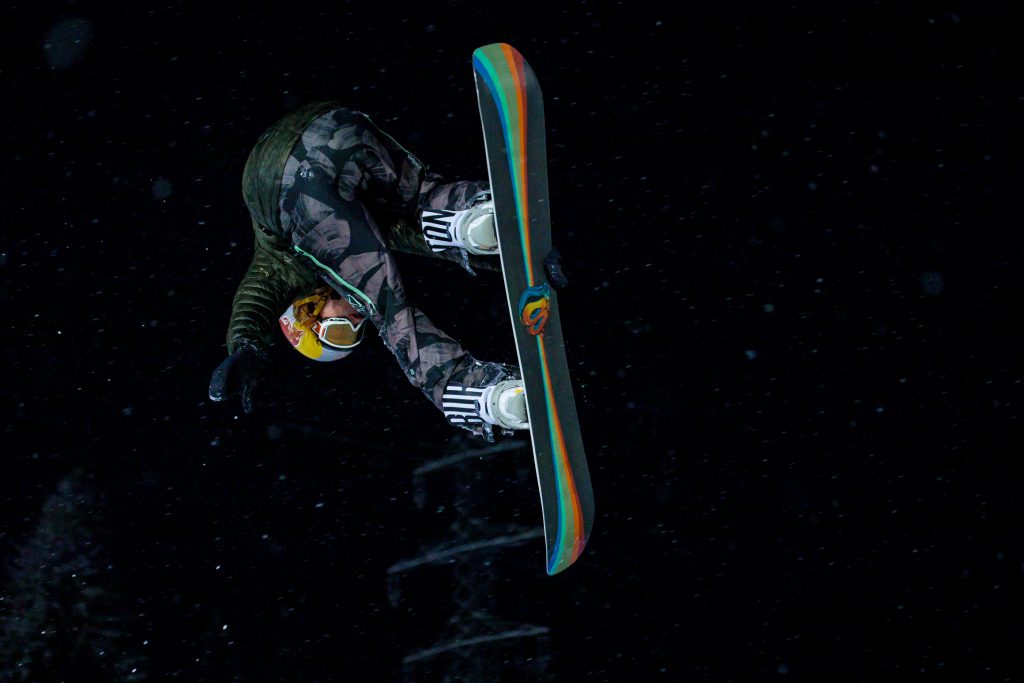
The autofocus worked very accurately despite the darkness and the snowfall. A slight misfocus was only visible a few times, which of course annoyed me. After all, you don’t see the world’s best snowboarders in front of your lens every day. Otherwise, I was very impressed by the quality of the images and the range of applications is very diverse if you have a focal length of 100 to 400 millimeters. The push and pull zoom was a bit unusual for me, where zooming does not work by turning the lens but by pulling out and pushing the lens back in. This construction method of lenses has meanwhile – not without good reason – gone out of fashion and is no longer used today. One of the major disadvantages of this type of construction is that the lens has to be fixed in the retracted state by means of rotation. Unfortunately, this mechanism (similar to brake pads on a car) is worn out at some point and can only be operated with a lot of force. If you have the lens hanging around your neck, it all too often happens that the lens hardens to its full length. From today’s point of view, this is a minus point, but it doesn’t bother me personally. The lens worked particularly well to capture many aspects of the evening and thanks to the Staviv clamp and monopod as well as the bilstabilizer, photos with a lower shutter speed and ISO can also be taken of less fast moving subjects. Without a monopod, taking photos at 400mm is a challenge and requires a steady hand.
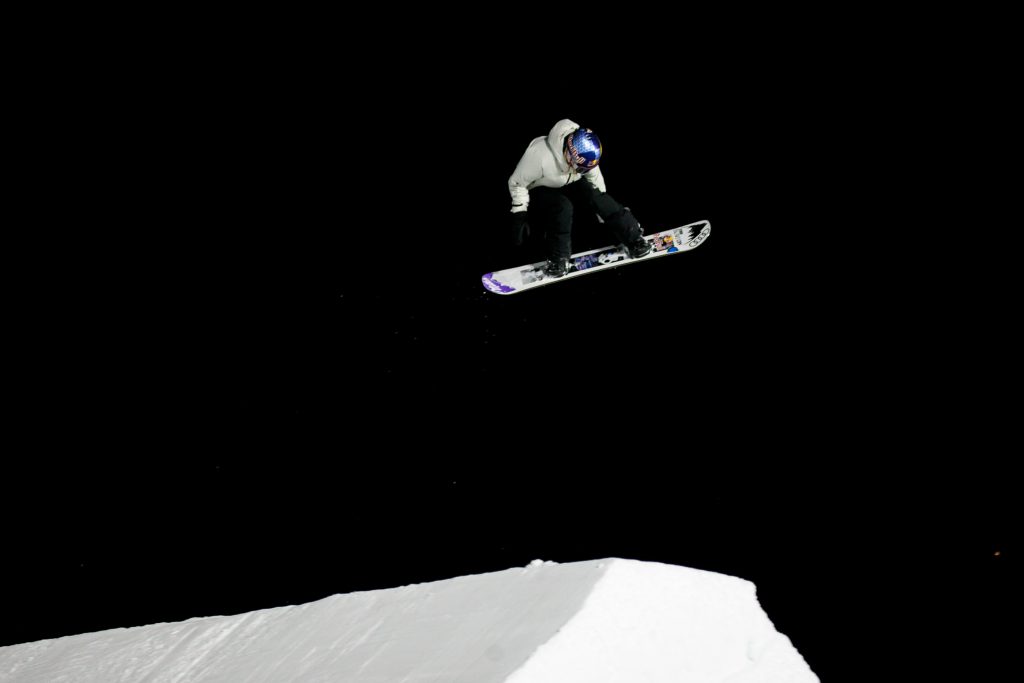
Conclusion
Even if some features, such as the sliding zoom, are getting on in years and my successor came onto the market in 2014 with the 2nd version of the 100-400mm, the EF100-400mm f / 4.5-5.6L IS USM is a good one Super tele that can deliver excellent results. You have to make compromises in handling and light intensity, but if you exclude this, you can get a good bargain second-hand. I will definitely continue to use the lens for sports and wildlife photography.
+ Sharpness
+ Contrast
+ Zoom range
– Auto focus in difficult light
– sliding zoom
